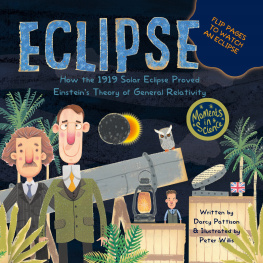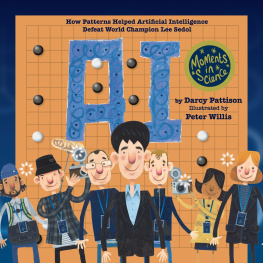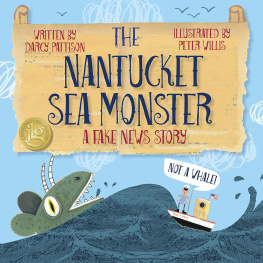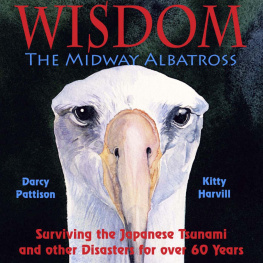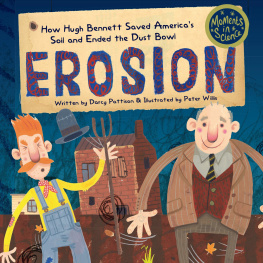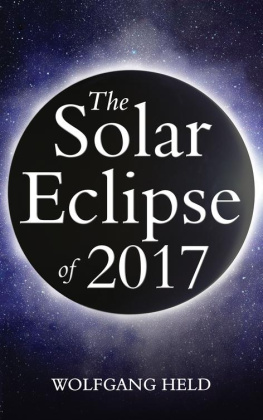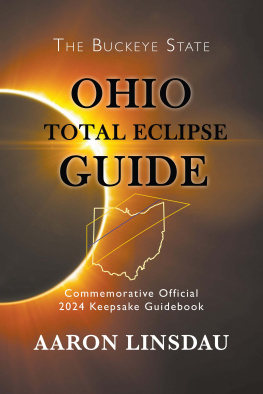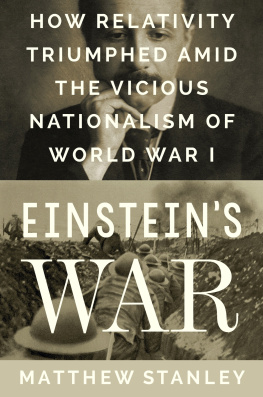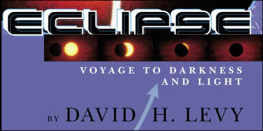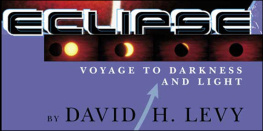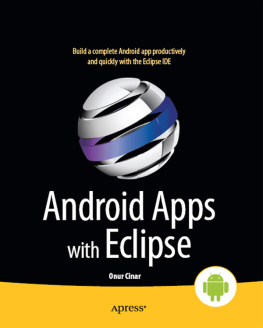Darcy Pattison - Eclipse: How the 1919 Solar Eclipse Proved Einsteins Theory of Relativity
Here you can read online Darcy Pattison - Eclipse: How the 1919 Solar Eclipse Proved Einsteins Theory of Relativity full text of the book (entire story) in english for free. Download pdf and epub, get meaning, cover and reviews about this ebook. year: 2019, publisher: Triangle Interactive, LLC, genre: Non-fiction. Description of the work, (preface) as well as reviews are available. Best literature library LitArk.com created for fans of good reading and offers a wide selection of genres:
Romance novel
Science fiction
Adventure
Detective
Science
History
Home and family
Prose
Art
Politics
Computer
Non-fiction
Religion
Business
Children
Humor
Choose a favorite category and find really read worthwhile books. Enjoy immersion in the world of imagination, feel the emotions of the characters or learn something new for yourself, make an fascinating discovery.
- Book:Eclipse: How the 1919 Solar Eclipse Proved Einsteins Theory of Relativity
- Author:
- Publisher:Triangle Interactive, LLC
- Genre:
- Year:2019
- Rating:3 / 5
- Favourites:Add to favourites
- Your mark:
Eclipse: How the 1919 Solar Eclipse Proved Einsteins Theory of Relativity: summary, description and annotation
We offer to read an annotation, description, summary or preface (depends on what the author of the book "Eclipse: How the 1919 Solar Eclipse Proved Einsteins Theory of Relativity" wrote himself). If you haven't found the necessary information about the book — write in the comments, we will try to find it.
To test this, astronomers decided to photograph a solar eclipse. The eclipse would allow them to photograph the stars before and during the solar eclipse. If the stars position moved, then it was evidence that that light had bent. Eddington and his team traveled from England to the island of Principe, just off the African coast, to photograph the eclipse.
In simple language, this nonfiction illustrated picture book explains how the push (acceleration) and pull (gravity) of space affects light. Back matter includes information on Einstein, Eddington, and the original photograph of the 1919 solar eclipse.
Darcy Pattison: author's other books
Who wrote Eclipse: How the 1919 Solar Eclipse Proved Einsteins Theory of Relativity? Find out the surname, the name of the author of the book and a list of all author's works by series.

